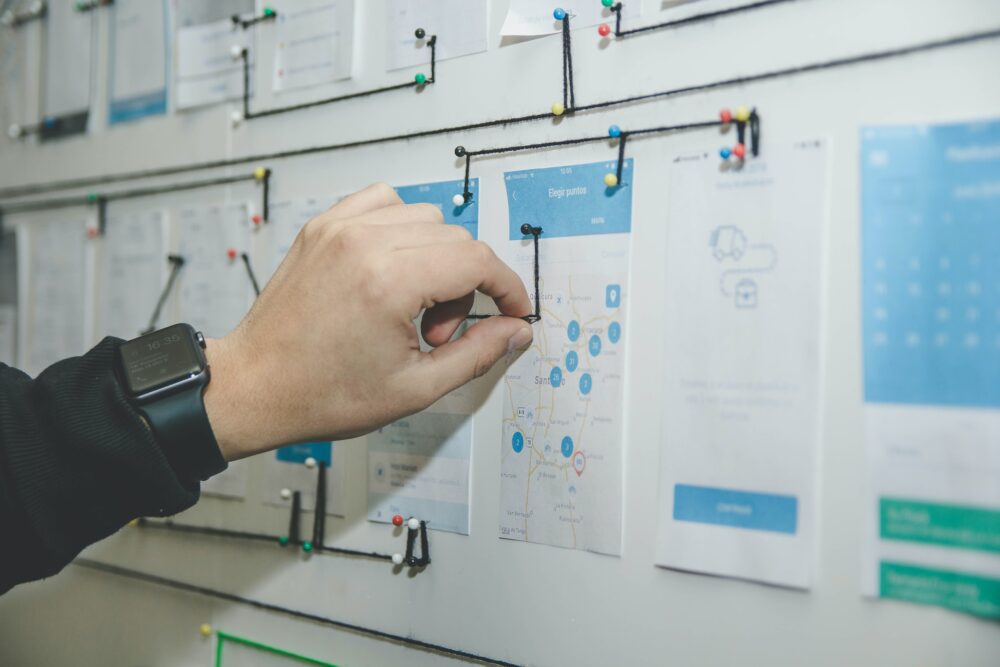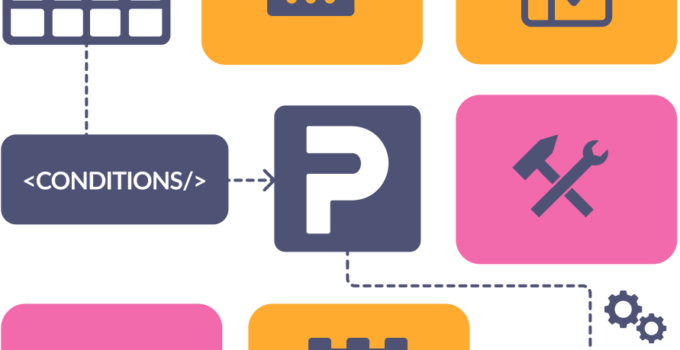If you’re wondering what the decision table is, it’s worth learning more about the software testing conducted with the help of this technique. In basic terms, it’s usually known as a cause-effect table that is applied as a black-box testing innovation and is perfect for testing several inputs that are logically interconnected. Below you’ll find out more about where it is used precisely.
What Is It in Greater Detail
ProcessMIX decision tables are tabular representations of several input cases and rules. It’s a highly productive instrument used for requirements management and various kinds of software testing. The use of it helps to check and confirm various potential combinations of testing conditions. The testers can quickly determine any needs through the revision of the True and False attributes necessary for the given conditions.
How Decision Table Works

Source; unsplash.com
Decision tables can help you understand complex rules quickly and easily. When used as a testing technique, decision tables can be used to check that software meets logical specifications. A decision table is essentially a spreadsheet divided into four sections – given conditions, combined conditions, action, and output.
- Given Conditions: This section contains values to be tested against a set of criteria defined by the developer; each value should be configured so that there is only one result (true or false). Any combination of multiple given conditions is possible.
- Combined Conditions: This section combines all given conditions in to logical combinations and has two columns – the full result of the combined conditions and an indication of which given condition determined this result.
- Action: This section will contain a description of what should happen depending on the logic determined within the combined condition, e.g. open window, close window etc). Note that if an action is not implemented based on all/some combinations then separate rows in a decision table should be created for each action described under separate combination sections accordingly.
- Output: This section defines what the software returns based on calculating or comparing data from other sections (e.g., successful string or number). It acts as confirmation or assurance that calculations have been made correctly according to logic commands previously stated in Action and other parts of Decision Table.
What Are the Advantages of Decision Tables?

Source: unsplash.com
There are numerous advantages of testing with the help of decision tables. The major benefits include the next ones:
- Decision tables are some of the most efficient and productive testing technologies;
- It’s possible to use them in order to evaluate the results of multiple combinations of inputs;
- It gives a chance to evaluate complex business-related rules and principles;
- Moreover, testing with the help of decision tables is the most preferred way to test black box and management of requirements;
- They are also used for modeling business-related logic. At first, it’s possible to convert them to test cases and various scenarios with the help of testing solutions;
- It’s easy to understand decision testing so that everyone can utilize it and implement this design along with the testing method, scenarios, and test cases without having the needed experience;
- Cause-effect tables are used iteratively. The results of decision tables, which are developed in the first testing iteration, are also used for the following ones;
- The innovation gives an opportunity to cover all cases, which can considerably decrease the need for rewriting test scenarios;
- Numerous conditions and results can then be evaluated by both development experts and testing professionals.
How It Is Used in Software Testing

Source: testmonitor.com
Such kind of software testing is also called a cause-effect table as a productive way to assess the system’s actions as a result of different input combinations. It is known as a renowned technology used for the development of black box scenarios and business logic. As mentioned previously, the benefits of such technology are numerous.
In fact, they are widely utilized in the evaluation of the system behavior and are called the cause-effect tables simply because it is a logical diagramming technology also known as cause-effect graphing. It is most commonly used to create the decision table. Owing to this technology can be effectively applied when the software program’s behavior depends on a wide number of logical decisions.
It’s also worth admitting that such an innovation is applicable at all levels of testing, including the next ones:
- Testing of component integration;
- Checking of units;
- Checking of components.
Furthermore, there are many fundamental rules that one needs to follow when it comes to using decision tables. For instance, any gaps in the understanding of the system demands should be carefully addressed, while the testing specialist must guarantee that specifications are effectively detailed in order to enable the creation of a black box test case.
Decision Table vs Other Testing Techniques

Source: unsplash.com
Decision tables are a useful tool for software testing, but they can sometimes be confused with other testing techniques. For example, decision tables and state transition diagrams look similar at first glance, but their purposes are very different. Despite their similarities in appearance, decision tables should not be confused with state transition diagrams.
They are specifically used to systematically test input combinations given a set of parameters and expected output. In contrast, state transition diagrams are used to describe the valid transitions in a system and visualize the flow of information between states in a program or process over time.
Another technique often mistaken for decision table testing is condition coverage testing, which is used to validate whether or not data flows correctly through an application or system given specific conditions. However, this type of testing can produce false results when those conditions have been met in the wrong order. Decision table testing is designed to test all possible combinations of outcomes regardless of order sequences or branching paths are taken by the application under test – making it more reliable in comparison to condition coverage alone.
There are a lot of decisions that need to be made while testing software, and it can be difficult to keep track of all the options. A decision table can help you keep track of all the different factors that need to be considered when testing a piece of software, and it can also provide you with some guidance on how to decide which tests to run. By using a decision table, you will be able to make better choices about which tests to run, and you will also be able to stay organized throughout your testing process.




